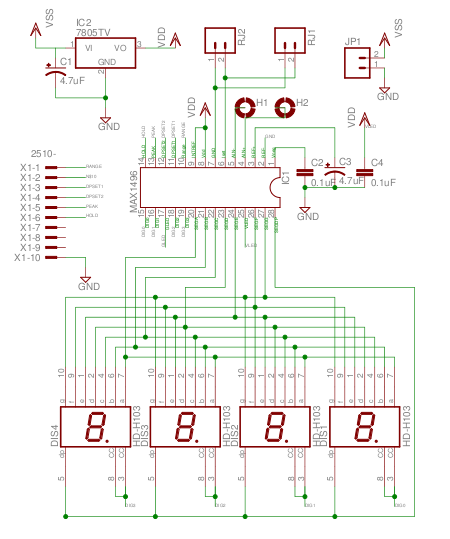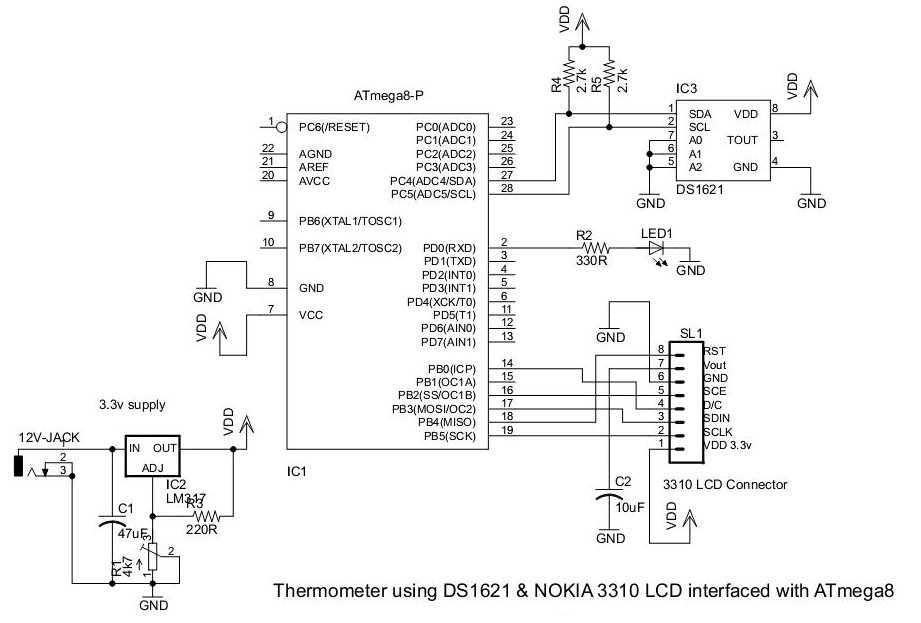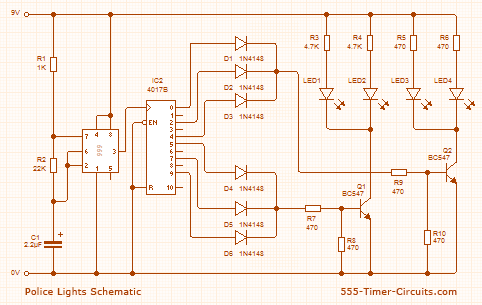
my gps lcd display project using pic16f84

This project was initiated in late 2003 with the aim of learning PIC programming. The goal was to create a functional device that performed a specific task.
The project involves the design and implementation of a microcontroller-based system utilizing a PIC (Peripheral Interface Controller) microcontroller. The selection of a PIC microcontroller is pivotal due to its versatility, ease of programming, and wide range of available peripherals. The circuit design typically includes essential components such as power supply circuits, input/output interfaces, and possibly communication modules depending on the intended application.
Power supply design is crucial, often utilizing a voltage regulator to ensure the microcontroller operates within its specified voltage range. Commonly, a 5V or 3.3V regulator is employed, depending on the specific PIC model chosen. Capacitors may be added to the power lines to filter noise and stabilize the voltage.
Input interfaces can include various sensors or user input mechanisms such as buttons, potentiometers, or switches. These components allow the microcontroller to receive data from the environment or user, enabling it to perform tasks based on this input. The design should incorporate appropriate pull-up or pull-down resistors to ensure reliable readings from digital inputs.
Output interfaces may involve LEDs, motors, or displays, allowing the microcontroller to communicate its status or results to the user. The design may also include driver circuits for higher power outputs, such as transistors or relay modules, to control larger loads safely.
If communication with other devices is necessary, protocols such as UART, SPI, or I2C can be implemented, requiring additional components like level shifters or buffers if interfacing with devices operating at different voltage levels.
Overall, this project exemplifies the practical application of embedded systems, combining hardware and software to create a device that fulfills a specific function, showcasing the capabilities of PIC programming and microcontroller technology.This is a project that I started back late 2003 when I just starting to learn PIC programming. I wanted to building something that actually did somthing us.. 🔗 External reference
The project involves the design and implementation of a microcontroller-based system utilizing a PIC (Peripheral Interface Controller) microcontroller. The selection of a PIC microcontroller is pivotal due to its versatility, ease of programming, and wide range of available peripherals. The circuit design typically includes essential components such as power supply circuits, input/output interfaces, and possibly communication modules depending on the intended application.
Power supply design is crucial, often utilizing a voltage regulator to ensure the microcontroller operates within its specified voltage range. Commonly, a 5V or 3.3V regulator is employed, depending on the specific PIC model chosen. Capacitors may be added to the power lines to filter noise and stabilize the voltage.
Input interfaces can include various sensors or user input mechanisms such as buttons, potentiometers, or switches. These components allow the microcontroller to receive data from the environment or user, enabling it to perform tasks based on this input. The design should incorporate appropriate pull-up or pull-down resistors to ensure reliable readings from digital inputs.
Output interfaces may involve LEDs, motors, or displays, allowing the microcontroller to communicate its status or results to the user. The design may also include driver circuits for higher power outputs, such as transistors or relay modules, to control larger loads safely.
If communication with other devices is necessary, protocols such as UART, SPI, or I2C can be implemented, requiring additional components like level shifters or buffers if interfacing with devices operating at different voltage levels.
Overall, this project exemplifies the practical application of embedded systems, combining hardware and software to create a device that fulfills a specific function, showcasing the capabilities of PIC programming and microcontroller technology.This is a project that I started back late 2003 when I just starting to learn PIC programming. I wanted to building something that actually did somthing us.. 🔗 External reference





